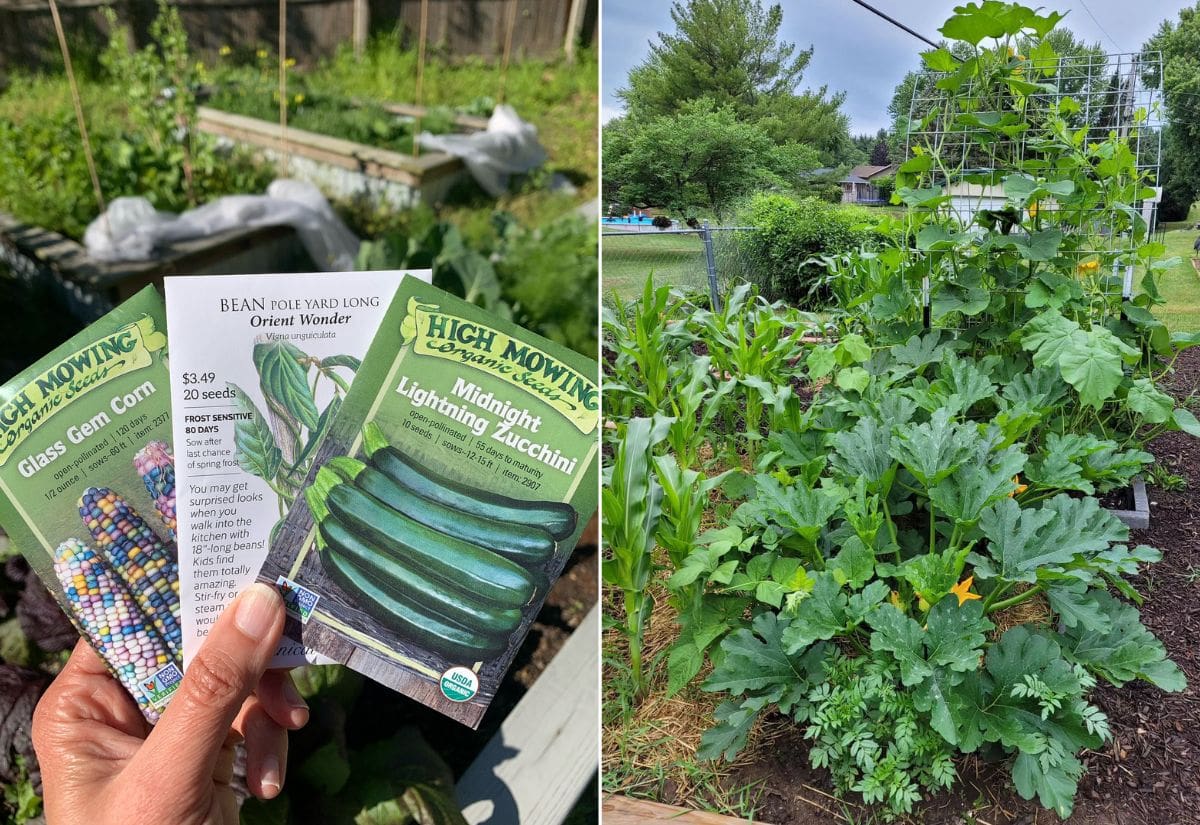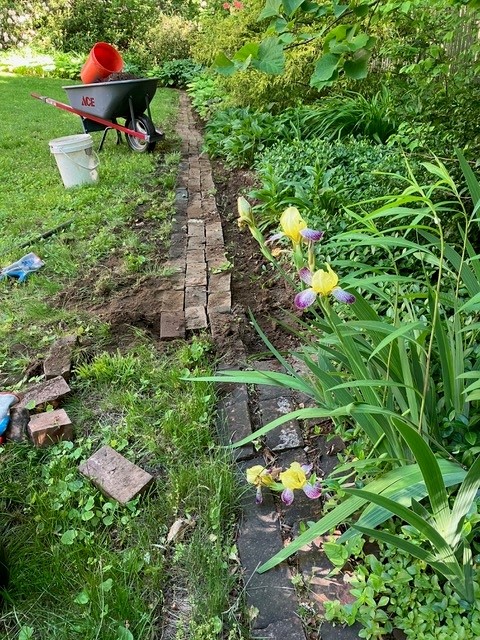In an era where climate change and environmental degradation are pressing issues, eco-friendly gardening emerges as a powerful solution for individuals seeking to reduce their carbon footprint. By adopting sustainable gardening practices, you can cultivate a vibrant garden that not only thrives but also contributes positively to the environment. In this comprehensive guide, we will explore eight actionable tips for eco-friendly gardening, each designed to help you minimize your impact on the planet.
Unlock Your Online Success! Watch Our Exclusive Video for FREE and Start Earning Today!

1. Choose Native Plants
Why Native Plants Matter
Native plants are species that naturally thrive in your local environment without the need for excessive watering, fertilization, or pesticides. By opting for native plants in your garden, you can significantly reduce water consumption and create a habitat for local wildlife, including beneficial insects and birds.
Unlock Your Online Success! Watch Our Exclusive Video for FREE and Start Earning Today!

Tips for Selecting Native Plants
- Research Local Flora: Visit local botanical gardens or consult resources like native plant societies to discover which plants are indigenous to your region.
- Consider Biodiversity: Aim to incorporate a variety of native species to promote a balanced ecosystem in your garden.
- Join a Community: Participate in local gardening groups focused on native plants to share knowledge and resources.
2. Composting: The Ultimate Recycling Method
The Benefits of Composting
Composting is a natural process that transforms kitchen scraps and yard waste into nutrient-rich soil. By composting, you not only divert organic waste from landfills but also reduce the need for chemical fertilizers, which can harm the environment.

How to Start Composting
- Choose a Compost Bin: Invest in a compost bin or create a compost pile in your backyard.
- What to Compost: Include fruit and vegetable scraps, coffee grounds, eggshells, and yard waste like leaves and grass clippings.
- Maintain Your Compost: Turn the compost regularly to aerate it and speed up decomposition. Keep the mix moist but not overly wet.
3. Water Wisely
Efficient Watering Techniques
Water conservation is crucial in eco-friendly gardening. Implementing smart watering practices can significantly reduce your garden’s water usage and help protect this precious resource.
Unlock Your Online Success! Watch Our Exclusive Video for FREE and Start Earning Today!

Tips for Watering Efficiently
- Use Drip Irrigation: This method delivers water directly to the roots of plants, minimizing evaporation and runoff.
- Collect Rainwater: Set up a rain barrel to collect rainwater, which you can use to irrigate your garden.
- Water Early or Late: Water your garden in the early morning or late afternoon to reduce evaporation.
4. Organic Pest Management
Understanding Organic Pest Control
Using chemical pesticides can have detrimental effects on the environment, including harming beneficial insects and polluting waterways. Organic pest management focuses on natural methods to keep pests at bay while maintaining a healthy garden ecosystem.

Effective Organic Pest Control Strategies
- Encourage Beneficial Insects: Plant flowers that attract pollinators and beneficial insects, such as ladybugs and lacewings.
- Use Neem Oil: This natural pesticide derived from the neem tree is effective against a wide range of pests and is safe for the environment.
- Implement Crop Rotation: Change the location of your plants each season to disrupt pest life cycles and improve soil health.
5. Practice Companion Planting
The Benefits of Companion Planting
Companion planting is the practice of growing different plants together for mutual benefits, such as pest control and enhanced growth. This technique can significantly improve the health of your garden while reducing the need for chemical interventions.

Examples of Companion Planting
- Tomatoes and Basil: These two plants grow well together, as basil can help repel tomato pests while enhancing the flavor of the tomatoes.
- Carrots and Onions: Planting these together can help deter pests that target each other.
- Marigolds and Vegetables: Marigolds can repel harmful nematodes and insects, making them an excellent companion for many vegetables.
6. Utilize Mulching Techniques
The Importance of Mulch
Mulching is an effective technique for conserving moisture, suppressing weeds, and enriching the soil. By applying a layer of organic mulch, you can significantly reduce your garden’s carbon footprint while promoting healthy plant growth.
Unlock Your Online Success! Watch Our Exclusive Video for FREE and Start Earning Today!

Types of Mulch
- Wood Chips: These are excellent for retaining moisture and improving soil structure over time.
- Straw or Hay: These materials break down quickly and add organic matter to the soil.
- Grass Clippings: A readily available option, grass clippings can help keep soil temperatures stable and retain moisture.
7. Grow Your Own Food
The Benefits of Homegrown Produce
Growing your own fruits, vegetables, and herbs can drastically reduce your carbon footprint by minimizing the transportation and packaging associated with store-bought produce. Plus, homegrown food is often fresher and more nutritious.

Tips for Successful Vegetable Gardening
- Start Small: If you’re new to gardening, begin with a small vegetable patch or container garden to avoid feeling overwhelmed.
- Rotate Crops: Practice crop rotation to prevent soil depletion and reduce the risk of disease.
- Preserve Your Harvest: Learn to can, freeze, or dry excess produce to enjoy your bounty year-round.
8. Reduce Lawn Area
The Environmental Impact of Traditional Lawns
Traditional lawns often require excessive water, fertilizers, and mowing, contributing to a higher carbon footprint. By reducing the size of your lawn, you can create a more sustainable landscape.
Unlock Your Online Success! Watch Our Exclusive Video for FREE and Start Earning Today!

Alternatives to Traditional Lawns
- Native Ground Covers: Replace parts of your lawn with native ground covers that require less water and maintenance.
- Xeriscaping: This landscaping method focuses on using drought-resistant plants to create an aesthetically pleasing garden that conserves water.
- Designated Natural Areas: Allow certain areas of your garden to grow wild, providing habitats for local wildlife.
Conclusion
By implementing these eight eco-friendly gardening tips, you can significantly reduce your carbon footprint while enjoying the myriad benefits of gardening. From choosing native plants to practicing organic pest management, each action contributes to a more sustainable future. Embrace eco-friendly gardening not just as a hobby, but as a commitment to protecting our planet for generations to come. With these strategies, your garden will flourish while fostering a healthier environment, proving that small changes can lead to significant impacts. Start your journey toward eco-friendly gardening today, and watch your garden thrive!
By following these detailed strategies for eco-friendly gardening, you can create a sustainable haven that benefits both you and the planet. Implement these tips to reduce your carbon footprint and cultivate a garden that reflects your commitment to environmental stewardship.
